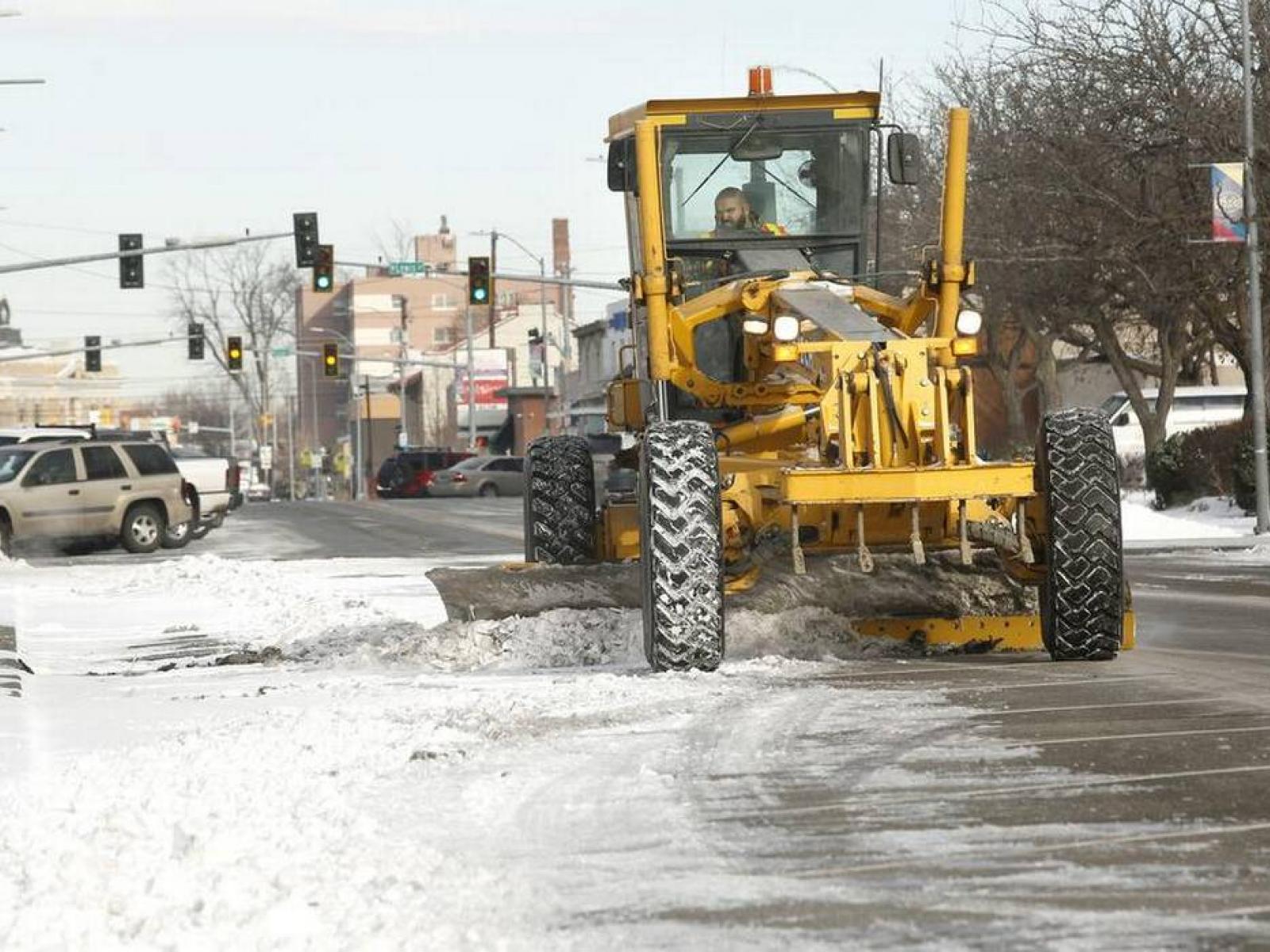How to Withstand Extreme Weather? Science is Coming up with these Solutions
Spring may be just around the corner, but according to the National Weather Service this year’s February snowfall in the Tri-Cities was the most on record since 1916.

The National Weather Service says this year’s February snowfall in the Tri-Cities was the most on record since 1916.
Published: March 22, 2019